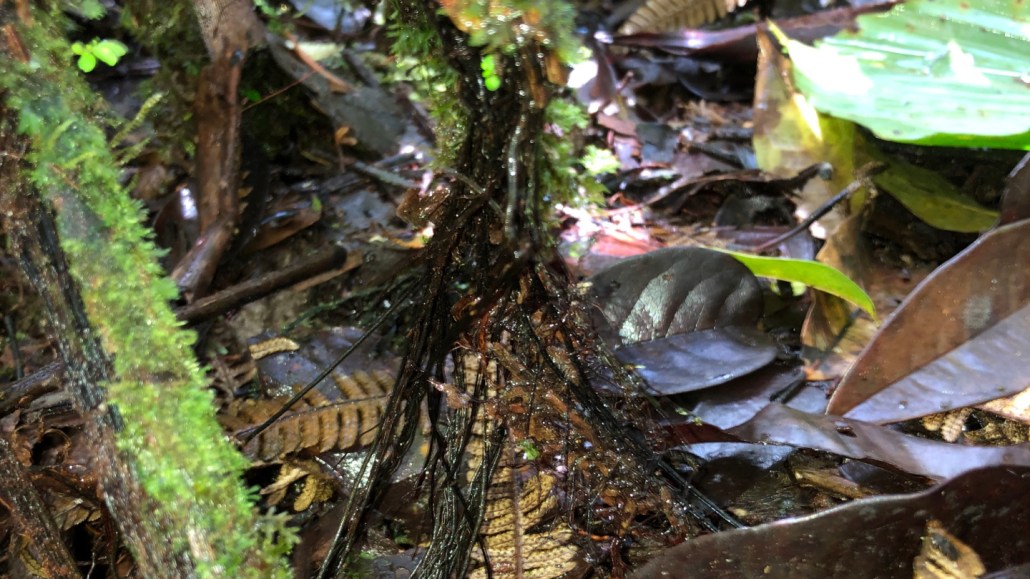This weird fern is the first known plant that turns its dead leaves into new roots
The tree fern Cyathea rojasiana gets thrifty to survive in Panama’s Quebrada Chorro forest

Cyathea rojasiana tree ferns in Panama’s Quebrada Chorro forest revive their dead leaves by turning them into tiny roots.
J. Dalling